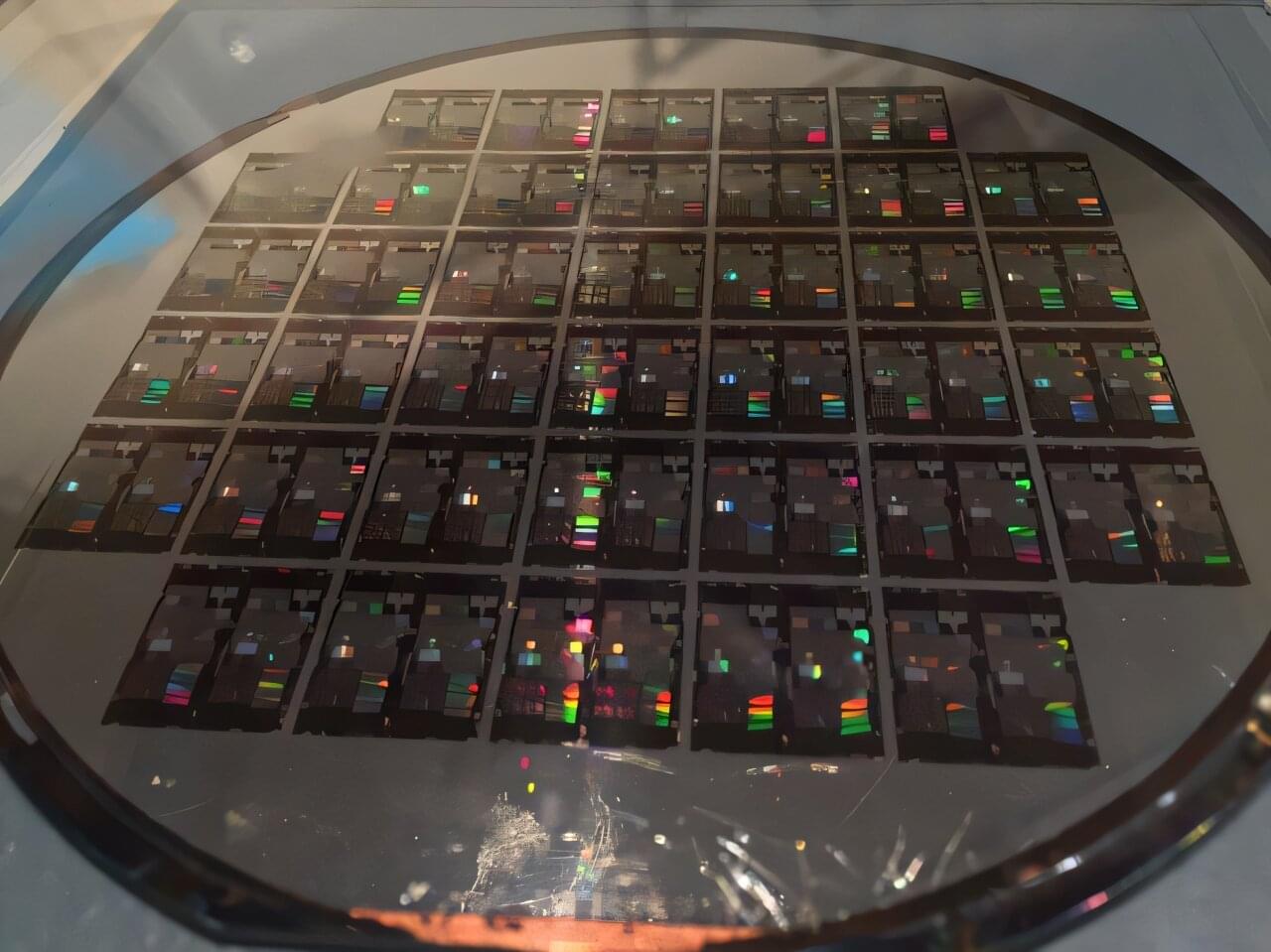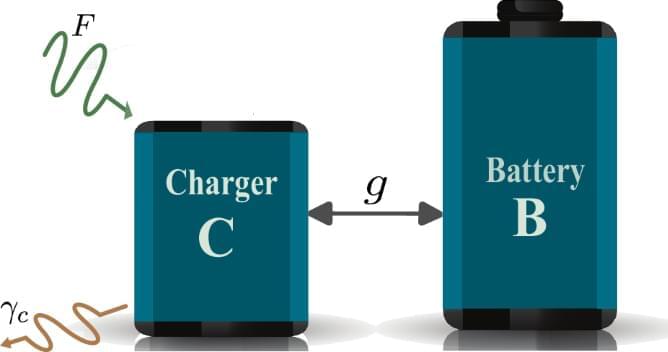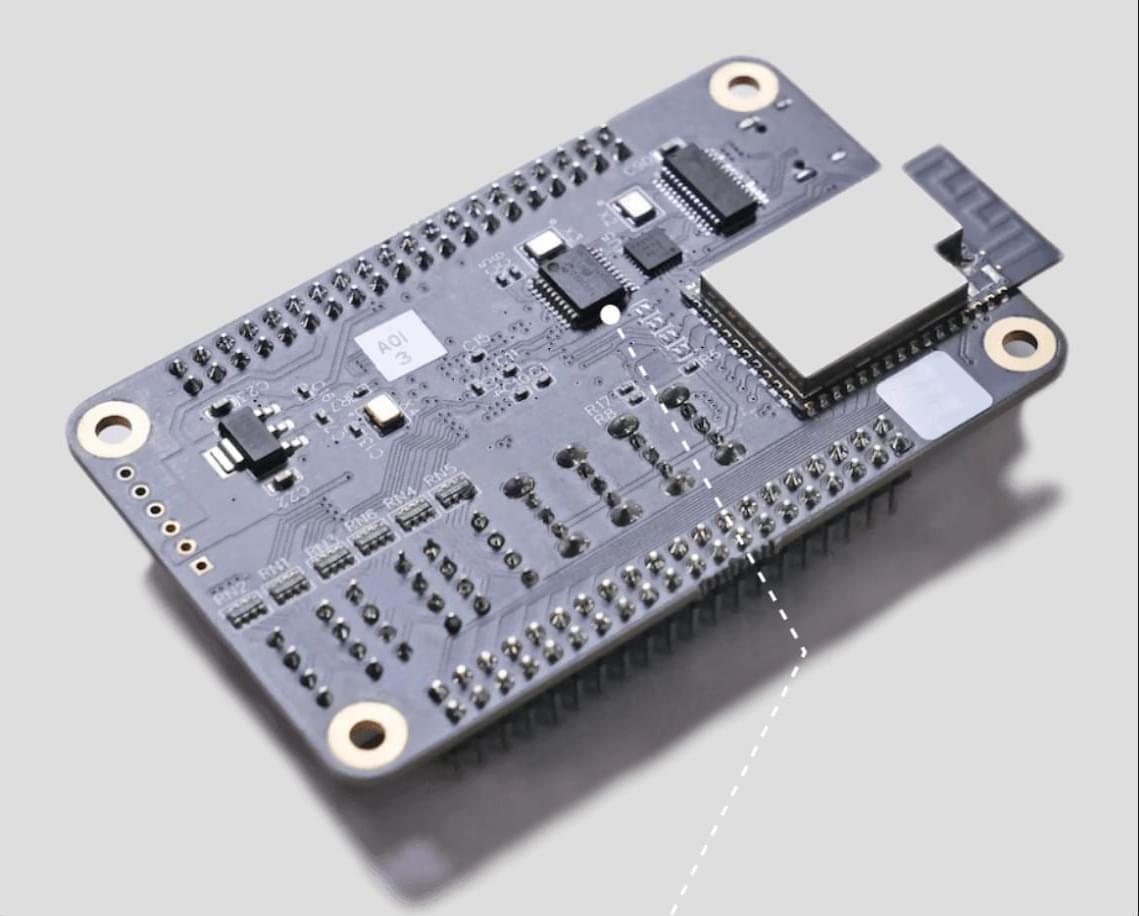Instead of the big bang, some physicists have suggested that our universe may have come from a big bounce following another universe contracting – but quantum theory could rule this out




In 2024, a quantum state of light was successfully teleported through more than 30 kilometers (around 18 miles) of fiber optic cable amid a torrent of internet traffic – a feat of engineering once considered impossible.
The impressive demonstration by researchers in the US may not help you beam to work to beat the morning traffic, or download your favourite cat videos faster.
However, the ability to teleport quantum states through existing infrastructure represents a monumental step towards achieving a quantum-connected computing network, enhanced encryption, or powerful new methods of sensing.

Lasers that are fabricated directly onto silicon photonic chips offer several advantages over external laser sources, such as greater scalability. Furthermore, photonic chips with these “monolithically” integrated lasers can be commercially viable if they can be manufactured in standard semiconductor foundries.
III-V semiconductor lasers can be monolithically integrated with photonic chips by directly growing a crystalline layer of laser material, such as indium arsenide, on silicon substrate. However, photonic chips with such integrated laser source are challenging to manufacture due to mismatch between structures or properties of III-V semiconductor material and silicon. “Coupling loss” or the loss of optical power during transfer from laser source to silicon waveguides in the photonic chip is yet another concern when manufacturing photonic chips with monolithically integrated lasers.
In a study that was recently published in the Journal of Lightwave Technology, Dr. Rosalyn Koscica from the University of California, United States, and her team successfully integrated indium arsenide quantum dot (QD) lasers monolithically on silicon photonics chiplets.


We propose and analyze a universal method to obtain fast charging of a quantum battery by a driven charger system using controlled, pure dephasing of the charger. While the battery displays coherent underdamped oscillations of energy for weak charger dephasing, the quantum Zeno freezing of the charger energy at high dephasing suppresses the rate of transfer of energy to the battery. Choosing an optimum dephasing rate between the regimes leads to a fast charging of the battery. We illustrate our results with the charger and battery modeled by either two-level systems or harmonic oscillators. Apart from the fast charging, the dephasing also renders the charging performance more robust to detuning between the charger, drive, and battery frequencies for the two-level systems case.
npj Quantum Inf ormation volume 11, Article number: 9 (2025) Cite this article.

The intensive pursuit for quantum advantage in terms of computational complexity has further led to a modernized crucial question of when and how will quantum computers outperform classical computers. The next milestone is undoubtedly the realization of quantum acceleration in practical problems. Here we provide a clear evidence and arguments that the primary target is likely to be condensed matter physics. Our primary contributions are summarized as follows: 1) Proposal of systematic error/runtime analysis on state-of-the-art classical algorithm based on tensor networks; 2) Dedicated and high-resolution analysis on quantum resource performed at the level of executable logical instructions; 3) Clarification of quantum-classical crosspoint for ground-state simulation to be within runtime of hours using only a few hundreds of thousand physical qubits for 2d Heisenberg and 2d Fermi-Hubbard models, assuming that logical qubits are encoded via the surface code with the physical error rate of p = 10–3. To our knowledge, we argue that condensed matter problems offer the earliest platform for demonstration of practical quantum advantage that is order-of-magnitude more feasible than ever known candidates, in terms of both qubit counts and total runtime.
Yoshioka, N., Okubo, T., Suzuki, Y. et al. Hunting for quantum-classical crossover in condensed matter problems. npj Quantum Inf 10, 45 (2024). https://doi.org/10.1038/s41534-024-00839-4


In a leap forward for quantum computing, a Microsoft team led by UC Santa Barbara physicists on Wednesday unveiled an eight-qubit topological quantum processor, the first of its kind. The chip, built as a proof-of-concept for the scientists’ design, opens the door to the development of the long-awaited topological quantum computer.
“We’ve got a bunch of stuff that we’ve been keeping under wraps that we’re dropping all at once now,” said Microsoft Station Q Director Chetan Nayak, a professor of physics at UCSB and a Technical Fellow for Quantum Hardware at Microsoft. The chip was revealed at Station Q’s annual conference in Santa Barbara, and accompanies a paper published in the journal Nature, authored by Station Q, their Microsoft teammates and a host of collaborators that presents the research team’s measurements of these new qubits. (Circa Feb 20 2025)
Microsoft team led by UC Santa Barbara physicists unveils first-of-its-kind topological qubit, paving the way for a more fault-tolerant quantum computer.

German scientists have achieved a breakthrough. They have created a novel material, CSiGeSn. This alloy combines carbon, silicon, germanium, and tin. The new compound is stable. Experts believe it will revolutionize electronics and quantum computing. The team used existing chip manufacturing technology. This ensures compatibility. The discovery paves the way for advanced components. It also allows for scalable production.